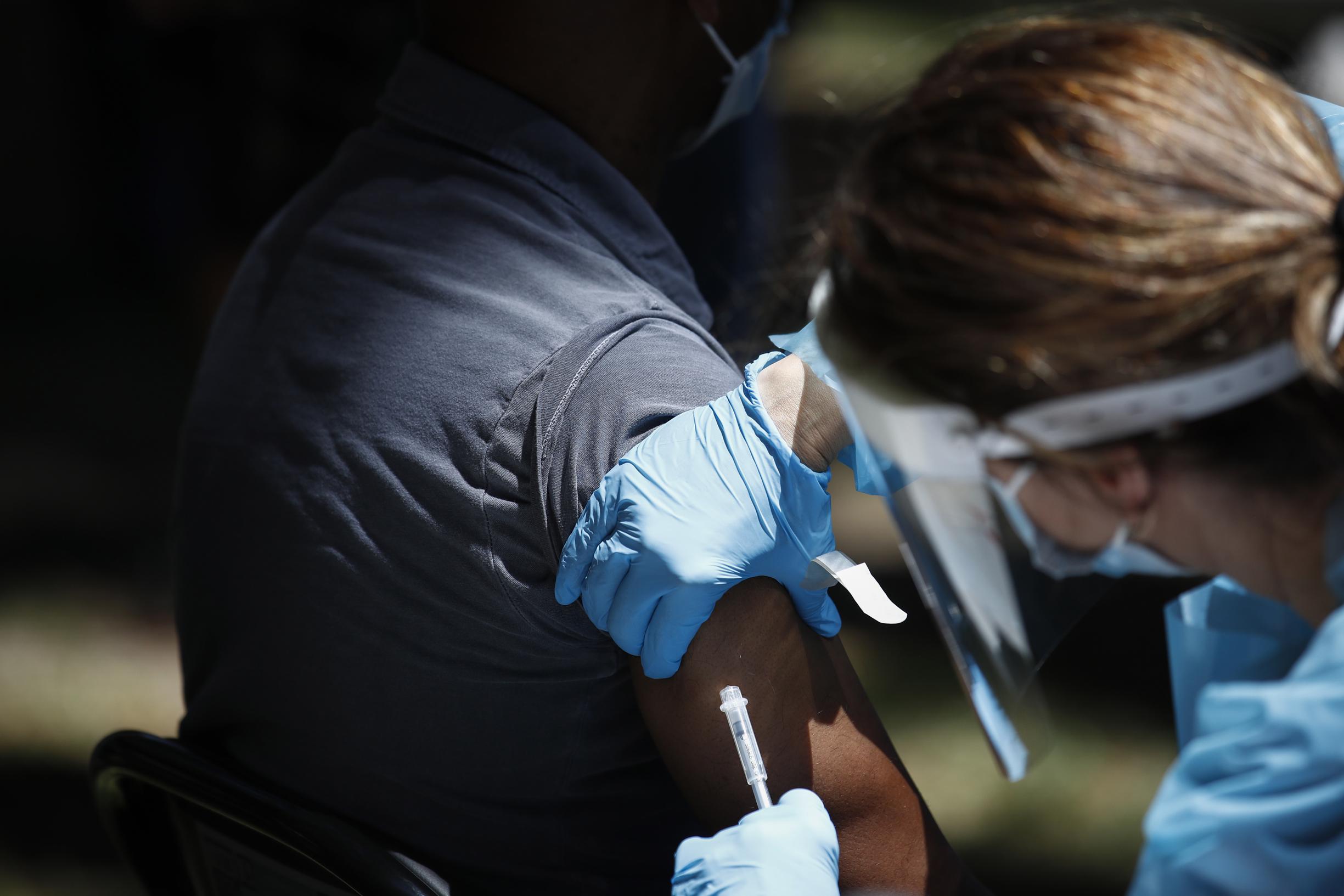Cultural expenditure down by 10 to 20%: this is what many directors of cultural affairs (DAC) expect when reading the budget framework note sent to them by their community at the start of the summer. .
“The effort required promises to be very significant. But we are already on the bone, at the end of the logic of contradictory injunctions asking us to do more with less, ”alarms Christophe Bennet, president of the National Federation of Directors of Cultural Affairs (Fnadac). Highlighted during the summer in favor of the festival season, the live performance is far from being the only one concerned. “Culture is also public reading, conservatories and music schools etc., with significant payrolls that weigh on the budget of communities,” recalls the president of Fnadac.
A probably “very violent” budgetary shock
Admittedly, the world of culture is not at its first push of budgetary anguish. Many professionals remember the years 2014-2015 and the ” cartocrise developed by a northern cultural mediator, Emeline Jersol, who listed the manifestations and structures in agony.
And every year DAC and cultural players in the non-profit sector are worried about the amounts that local authorities are ready to mobilize. “Only this year, certain requests for savings will go up to minus 20%, with arbitrations around minus 12% in the best case. Which is very violent for an already very fragile sector, ”underlines a DAC from the South-West.
“We can fear that, as in 2014-2015, culture will again become an adjustment variable. We are already seeing primitive budgets revised downwards. The financial weight of compulsory skills is such that there is not much left for the rest”, confirms Vincent Guillon, co-director of the Observatory of Cultural Policies (OPC), who moderated a debate on this budgetary issue on July 13 , on the sidelines of the Festival d’Avignon, with the Fnadac and theUfisca structure that represents the cultural third sector.
Culture weakened by the effects of the health crisis
Developing cultural policies, supporting artistic emergence, opening new facilities… In the opinion of many DACs, these objectives are unlikely to be tenable in 2023-2024. A prospect that is all the more detrimental to the cultural development of the territories as the effects of the health crisis are still palpable, with attendance that has remained shy since the reopening of facilities and subscription subscriptions in free fall compared to the pre-covid period. .
Not to mention, underlines Serge Calvier, secretary general of Ufisc and co-president of the National Federation of Street Arts, of the deleterious effect of the classification of culture among non-essential activities during the health crisis. A label “which leaves traces in the minds of elected officials and French people. This would be, he explains, one of the explanations for “the lack of political will to revitalize culture” after the health crisis. In fact, the concern, which already reigned last summer in the third cultural sector, is far from diminishing.
Endangering the artistic margin
The live show, “which has incompressible costs, will see its artistic margin decrease”, estimates Serge Calvier. And to evoke “equipment which, already, will reopen as late as possible by cutting back on the programming to balance the wage costs. »
Another perverse effect of the cuts in culture: the acceleration of the phenomenon of concentration, with private actors maneuvering to take over festivals or cultural facilities. “This undermines cultural diversity, cultural rights and in general access to culture, which Ufisc defends”, protests Grégoire Pateau, in charge of studies at Ufisc.
Fight against the isolation of cultural elected officials
“The citizens want security and clean streets”, observes Louis Peretti, DGA of Neuilly-sur-Seine (Hauts-de-Seine), vice-president of the National Territorial Union (SNT-CFE-CGC) and member of the FNADAC office. And when culture is not listed as a priority, “the agents make decisions about themselves that put them in incredible suffering”.
For those elected to culture to gain strength within their community, professionals plead for them to deepen their knowledge of the workings of the different cultural sectors and sharpen their arguments.
“In many communities, the elected officials for culture are lonely, regrets Arnaud Hamelin, director of the departmental agency Mayenne Culture. But they are often very curious. The training of elected officials is a possible lever for giving meaning to cultural policies. »
The map of the transversality of actions
“Artistic and cultural education can help save part of cultural policies from disaster,” Christophe Bennet wants to believe. If some elected officials imagine that culture is not ‘essential’, it is unthinkable for education. With artistic and cultural education, we have an example of the horizontality of public policies, which goes through education, intergenerational, social, etc. »
For the president of Fnadac, the DACs must play the card of the transversality of cultural policies, “rather than building our budgets in our corridor. Let’s not squander this perspective. »
“Territorial differentiations will come into full play”
Savings requested by the government from local authorities, increase in the index point, soaring energy prices, return of inflation… “We are already seeing primitive budgets revised downwards, notes Vincent Guillon, co-director of the Observatory cultural policies (OPC). Some communities run the risk of making culture an adjustment variable. Others will maintain their projects. Territorial differentiations will come into full play, depending on political decisions. This is in particular the reason why the OPC has reviewed its method of monitoring cultural budgets, in order to be able, in the summer of 2023, to highlight, beyond the figures, “the political positions of local authorities in matter of culture. »
–
–

